Ziwa Rhino Sanctuary
Tucked into the heart of Nakasongola District, just north of Kampala, Ziwa Rhino Sanctuary is a powerful story of return. Once extinct in the wild, Uganda’s southern white rhinos now roam freely here—a guarded comeback from the brink.
But Ziwa is more than a conservation success story. It’s your rare chance to walk beside giants. Literally.
At a Glance
Location: Nakasongola District, central Uganda
Wildlife Highlights: Southern white rhinos, shoebills, over 300 bird species
Best For: Walking safaris, birdwatching, conservation education
Ideal Stopover: Between Kampala and Murchison Falls National Park
Whether you’re en route to Murchison Falls or stitching Ziwa into a bigger Uganda Wildlife Safari itinerary, this sanctuary deserves more than a pit stop. Here’s why.
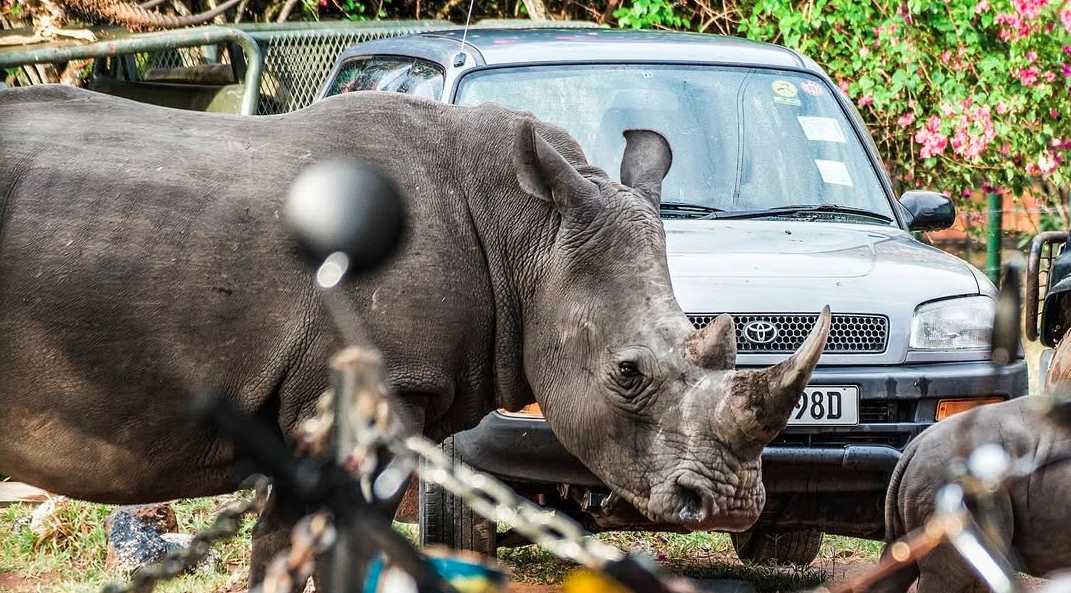

Top Things To Do at Ziwa Rhino Sanctuary
1. Rhino Trekking (on foot!)
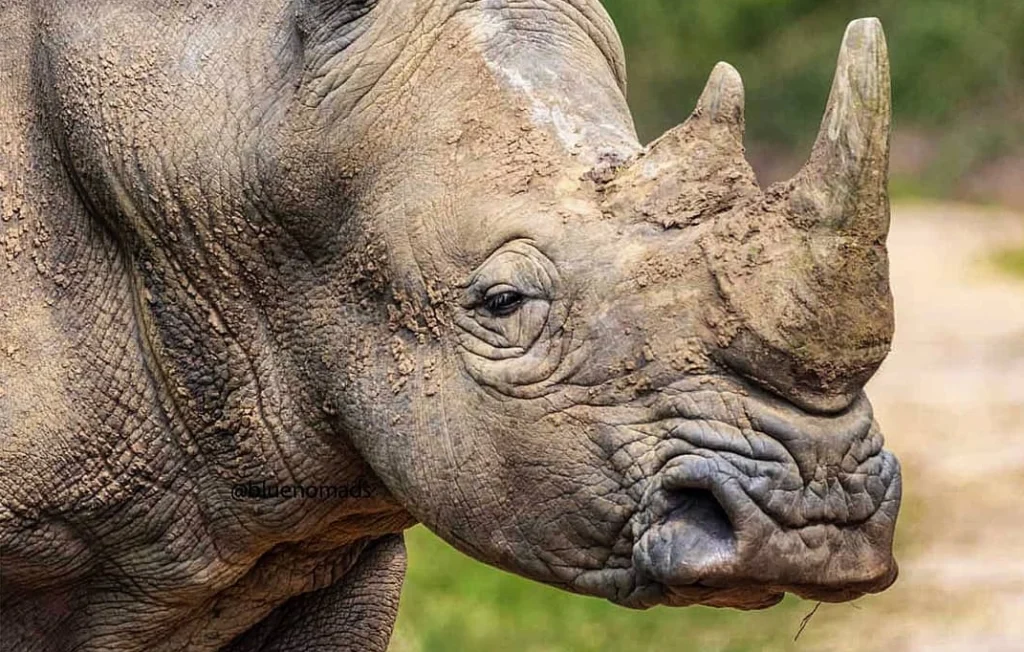

This is what you came for. Accompanied by expert rangers, you’ll walk through the sanctuary’s savannah and bushland, tracking Uganda’s only wild rhino population on foot.
You’ll approach at a safe but thrilling distance—close enough to feel the ground vibrate beneath you. Expect heartbeats, hushed instructions, and unforgettable moments with creatures that weigh more than a car.
Pro Tip: Go early in the morning or late afternoon for the best tracking conditions.
2. Shoebill Stalking by Canoe
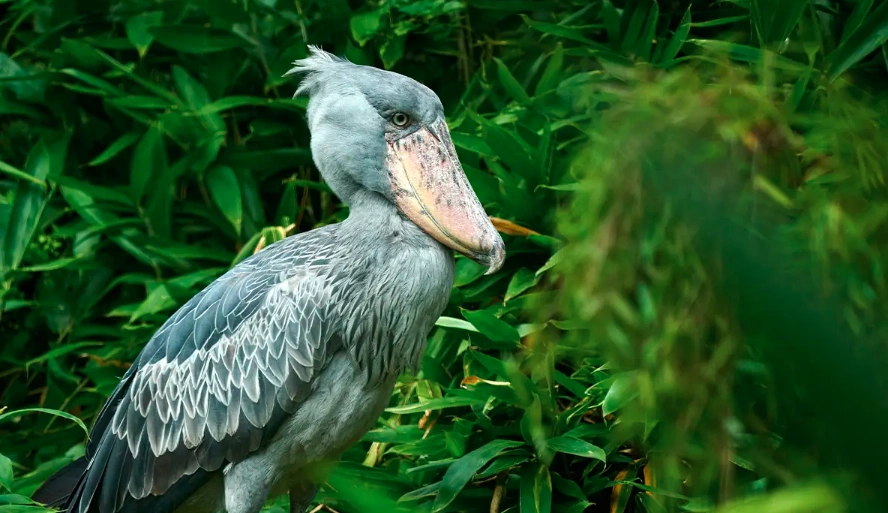

Forget your binoculars. This is shoebill country. These prehistoric-looking birds nest deep within Ziwa’s swamps—and the best way to find them is by gliding silently through the reeds in a dugout canoe.
With its massive shoe-shaped beak and dinosaur stare, the shoebill is a bucket-list bird. But the real thrill is the setting: golden light, morning mist, and pure silence.
Pair this with your morning rhino trek and you’ve got one of the best wildlife mornings in Uganda.
3. Guided Birding Walks
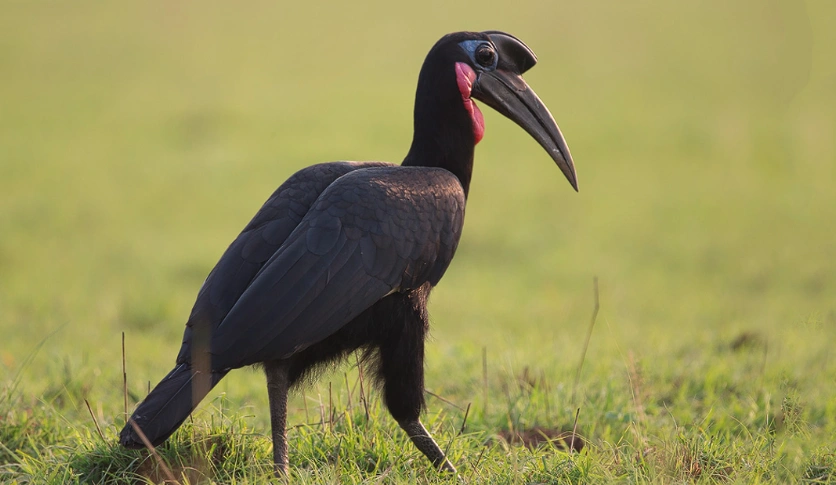

Ziwa isn’t just rhinos. The sanctuary is a hotspot for serious birders, with over 300 species recorded across grassland, wetland, and woodland habitats.
Highlights include:
Abyssinian Ground Hornbill
African Pygmy Kingfisher
Great Egret
Grey Crowned Crane (yes, Uganda’s national bird lives here too)
Red-billed Oxpeckers riding rhino backs like feathered bodyguards
Bird walks are offered throughout the day, but morning and evening yield the richest sightings.
When To Visit Ziwa
Ziwa is open year-round. Uganda’s equatorial climate means the sanctuary stays green, but some months are better for walking and wildlife viewing.
| Best Time | What to Expect |
|---|---|
| December – February | Dry season. Easier trekking. Great for rhinos and shoebill spotting. |
| June – August | Another dry window with clear trails. Excellent for birding. |
| March – May & September – November | Wet season. Fewer crowds, lush vegetation, and more challenging walks. |
We recommend pairing your Ziwa visit with dry-season highlights in Murchison Falls or Kibale Forest for chimps.
Where to Stay at Ziwa Rhino Sanctuary
Luxury Chalets
Brand new and brimming with charm, Ziwa’s luxury chalets bring a fresh touch of comfort to the bush.
Set within earshot of rustling grass and distant grunts of rhinos, these well-appointed lodges offer an intimate, polished base for your safari adventure.
And yes, there’s a swimming pool now—perfect for cooling off after a walking trek or soaking in the midday serenity of the savannah.
The Campsite
Prefer sleeping closer to the earth? Ziwa’s campsite is beautifully basic and blissfully wild.
Here, you’ll fall asleep to a chorus of crickets and wake to birdsong and rhino tracks just metres away.
It’s a top pick for those who want to hit the trails early—especially if you’re eyeing that sunrise shoebill canoe trek or a night walk under the African sky.
Guest Rooms
Traveling with family or in a group? Ziwa’s guest houses cater to every need.
Choose from single, double, twin, or family rooms—or bunk up in the dorm room if you’re on a budget and looking for company.
It’s the ideal option if you’re passing through en route to Murchison Falls or heading north toward Kidepo Valley.
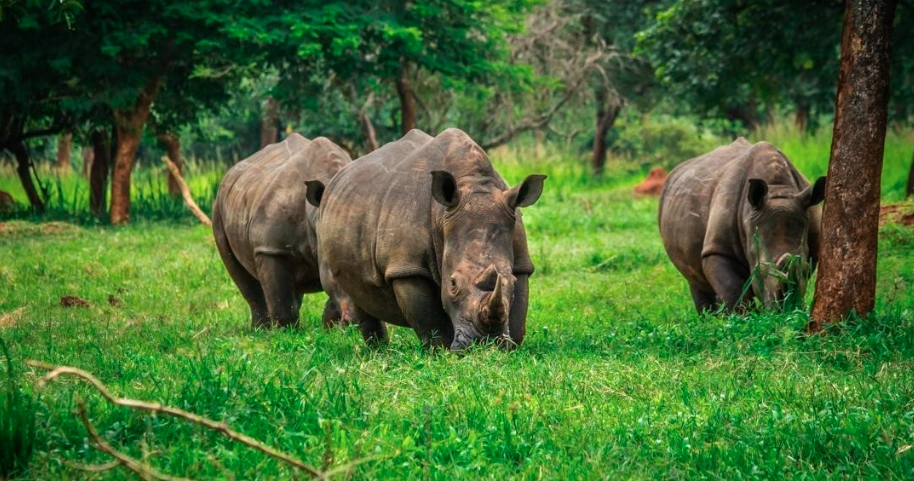

How to Get to Ziwa Rhino Sanctuary
By Road
Ziwa is easily accessible via a scenic 3-hour drive (roughly 170 km) from Kampala.
Head north on the Kampala–Gulu highway until you reach Nakitoma Trading Centre, then turn left and follow the signs for 7km to the sanctuary entrance. A 4×4 is not strictly necessary in the dry season, but can be useful during the rains.
Many travelers incorporate Ziwa as the first stop on a classic Uganda safari loop—especially those continuing to Murchison Falls, Kibale Forest, or even Bwindi for gorilla trekking.
By Air
For those short on time, you can charter a flight to nearby airstrips like Pakuba (near Murchison Falls) or Bugungu.
From there, it’s a road transfer to Ziwa. Private charters can be arranged from Entebbe or Kajjansi airfield.
Entry Fees & Activity Permits
Here’s what you can expect in terms of entrance and activity rates (as of 2025)
| Activity | Foreign Non-Resident | Foreign Resident | East African Resident |
|---|---|---|---|
| Entrance & Rhino Trekking | $60 Adult / $30 Child | $50 Adult / $25 Child | UGX 50,000 Adult / UGX 15,000 Child |
| Shoebill Trekking (6am–9am) | $30 Adult / $15 Child | $25 Adult / $10 Child | UGX 30,000 Adult / UGX 10,000 Child |
| Birding | $30 Adult / $15 Child | $25 Adult / $10 Child | UGX 30,000 Adult / UGX 10,000 Child |
| Night Walks (8pm–10pm) | $25 Adult / $10 Child | $25 Adult / $10 Child | UGX 30,000 Adult / UGX 10,000 Child |
Notes & Booking Details
All guided walks are led by trained rangers. Safety protocols are strictly followed.
Children must be accompanied by an adult for all activities.
We recommend booking activities in advance during high season (June–October, December–February).
You can combine your visit with a full safari itinerary—talk to us to start planning.
Tips for Planning Your Visit
Best time to go: June to August and December to February are dry seasons—ideal for rhino tracking and birding.
Stay overnight: To catch the early shoebill tour, you’ll want to spend the night on-site.
Pack wisely: Bring a hat, long sleeves, good walking shoes, and plenty of water.
Combine wisely: Many of our guests begin their Uganda safari here before heading to Murchison Falls or further south.
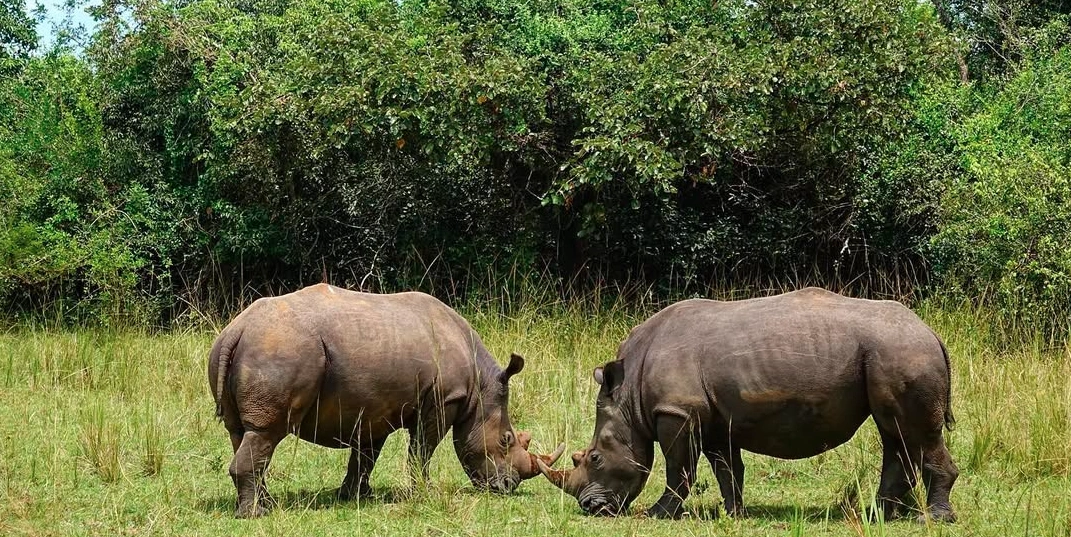

Geography, Climate & Ecosystems
Ziwa lies in Uganda’s central grasslands, a mosaic of savannah, swamp, and scattered woodland.
The sanctuary spans 70 square kilometres and offers a relatively flat terrain that’s perfect for walking safaris.
Expect warm days (25–30°C) and cooler nights. Rainfall is most common from March to May and October to November, but even during these periods, wildlife viewing remains rewarding.
The diversity of habitats also makes Ziwa a paradise for birdwatchers—with over 300 species recorded, including the elusive shoebill.
Why Choose Ziwa Rhino Sanctuary?
Ziwa isn’t just a stopover. It’s a story of hope, restoration, and quiet resilience.
It’s the only place in Uganda where you can track wild rhinos on foot—a pulse-quickening, humbling experience. And beyond rhinos, it’s a sanctuary for some of Uganda’s most threatened species, from giant shoebills to rare antelope.
Whether you’re on your first safari or your tenth, Ziwa offers something rare: the chance to walk side by side with one of the planet’s most iconic animals, knowing that your visit is helping ensure their survival.
Whether you’re coming for the rhinos, the birds, or the silence of the swamp at dawn—Ziwa is more than just a place. It’s a feeling. And we’d love to help you experience it.
Talk to us or request a custom quote—we create handcrafted safari itineraries with heart.

